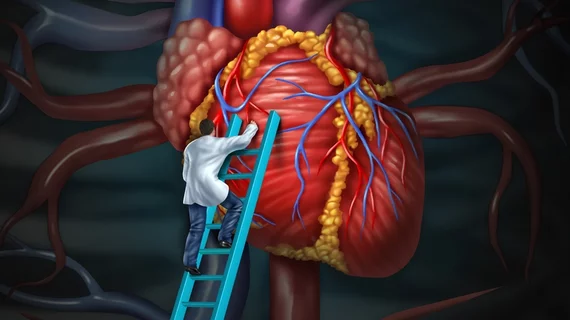Chemotherapy could be damaging children’s heart cells, leading to problems later in life
Undergoing chemotherapy can have a negative impact on the cells responsible for repairing heart damage, according to a new study published in PLOS One. This may explain why 20% of children treated with anthracyclines go on to experience heart failure later in life.
“We don’t fully understand why some children who are exposed to anthracycline therapy develop these problems with the heart three to four decades later,” senior author Gregory Aune, MD, PhD, of the Greehey Children’s Cancer Research Institute at UT Health San Antonio, said in a prepared statement. “The cardiac fibroblast, which acts as a sort of caretaker cell in the heart and other tissues of the body, has not been well studied in relation to this problem. We believe damage to these cells may contribute to effects seen in childhood cancer survivors when they become adults.”
The research team explored how the body’s p53 protein, known for its ability to protect genes from damage, can affect how cardiac fibroblasts respond to anthracyclines. Mouse cells lacking that p53 protein, they found, “show less migration” than normal.
Does this inability to migrate mean the cardiac fibroblasts aren’t functioning properly? It’s still too early to tell, but that is certainly a possibility.
“The overarching hypothesis we have in the lab is that damage to this cell population, the cardiac fibroblast, isn’t innocuous,” Aune said in the same statement. “These cells can have their properties changed by exposure to gene-damaging agents. And then theoretically over time, that may be one contributor to the late effects that we see.”
“That might translate into an inability to respond to insults such as high blood pressure or heart attacks, because fibroblasts are so important in dealing with injury,” added first author Trevi Mancilla, PhD, a student from the South Texas Medical Scientist Training Program.
The team’s full analysis in PLOS One is available here.

